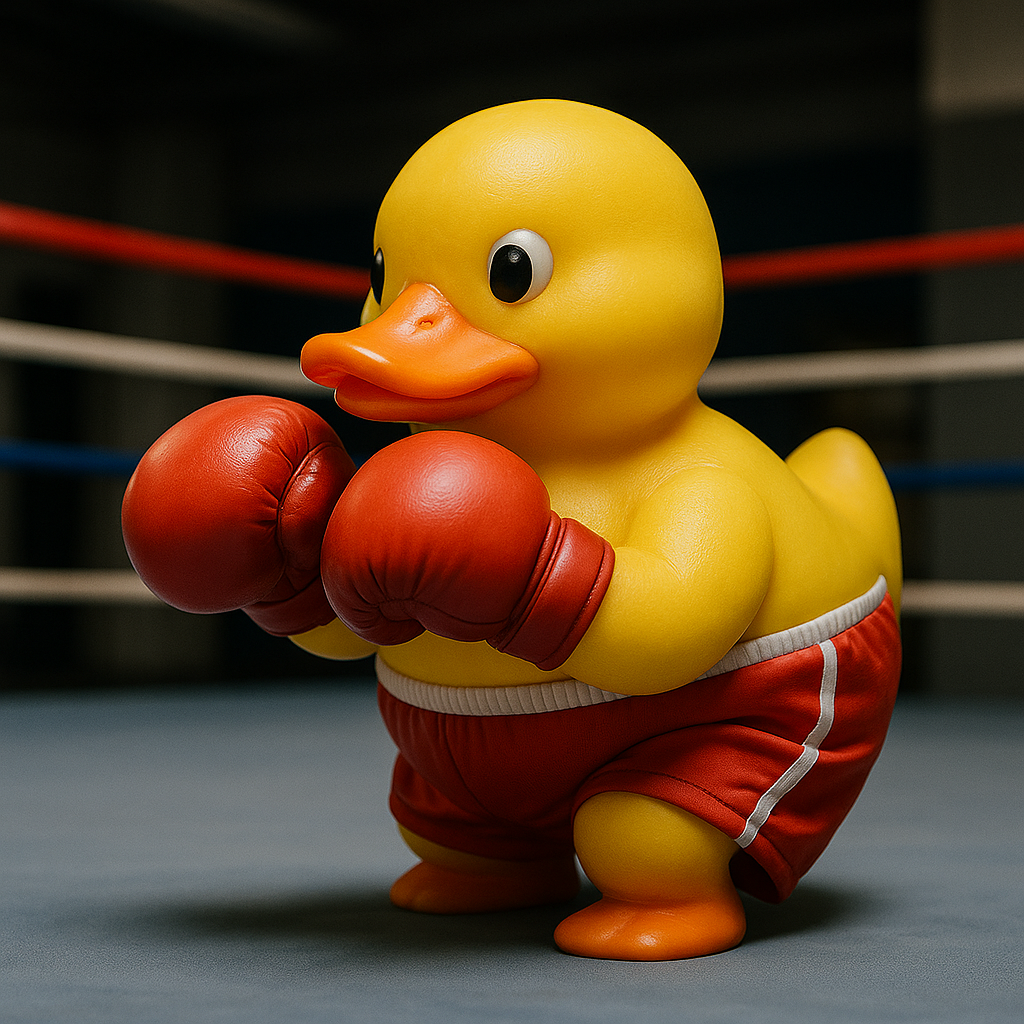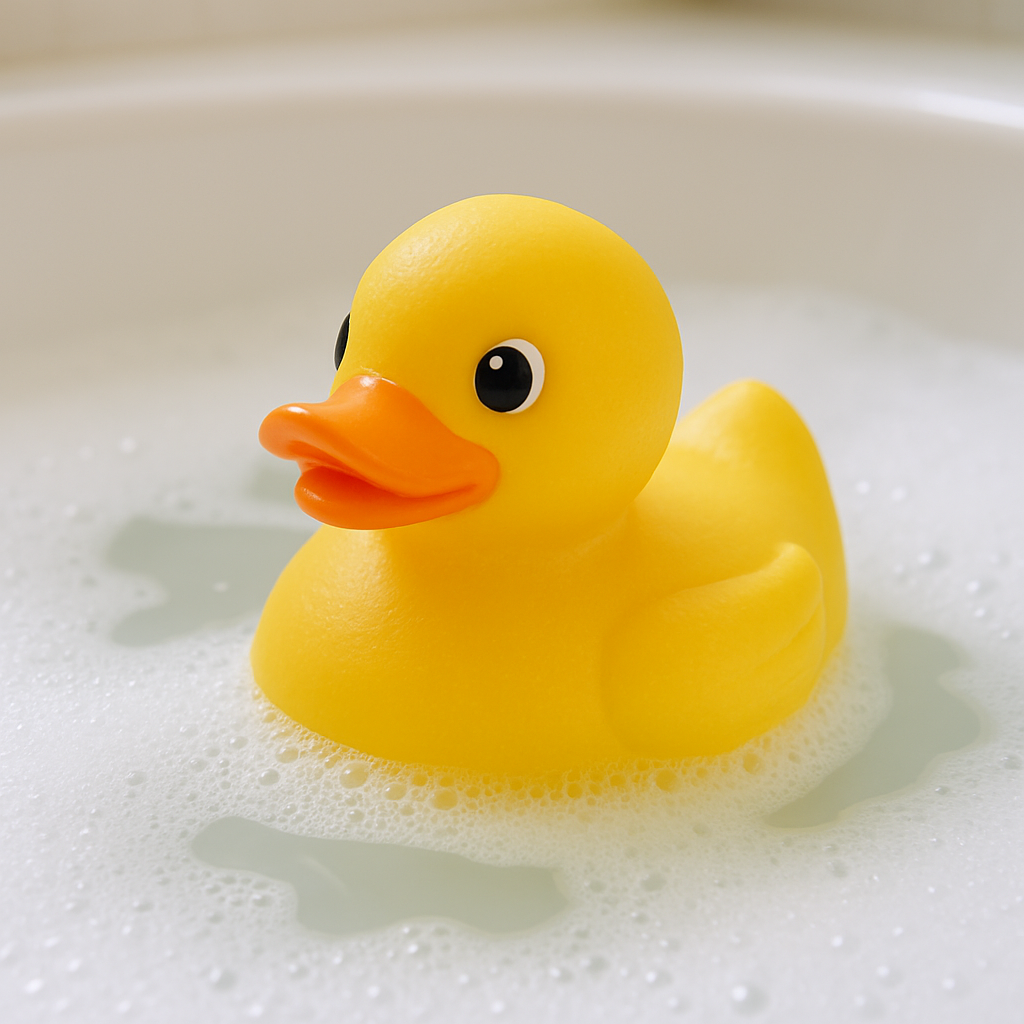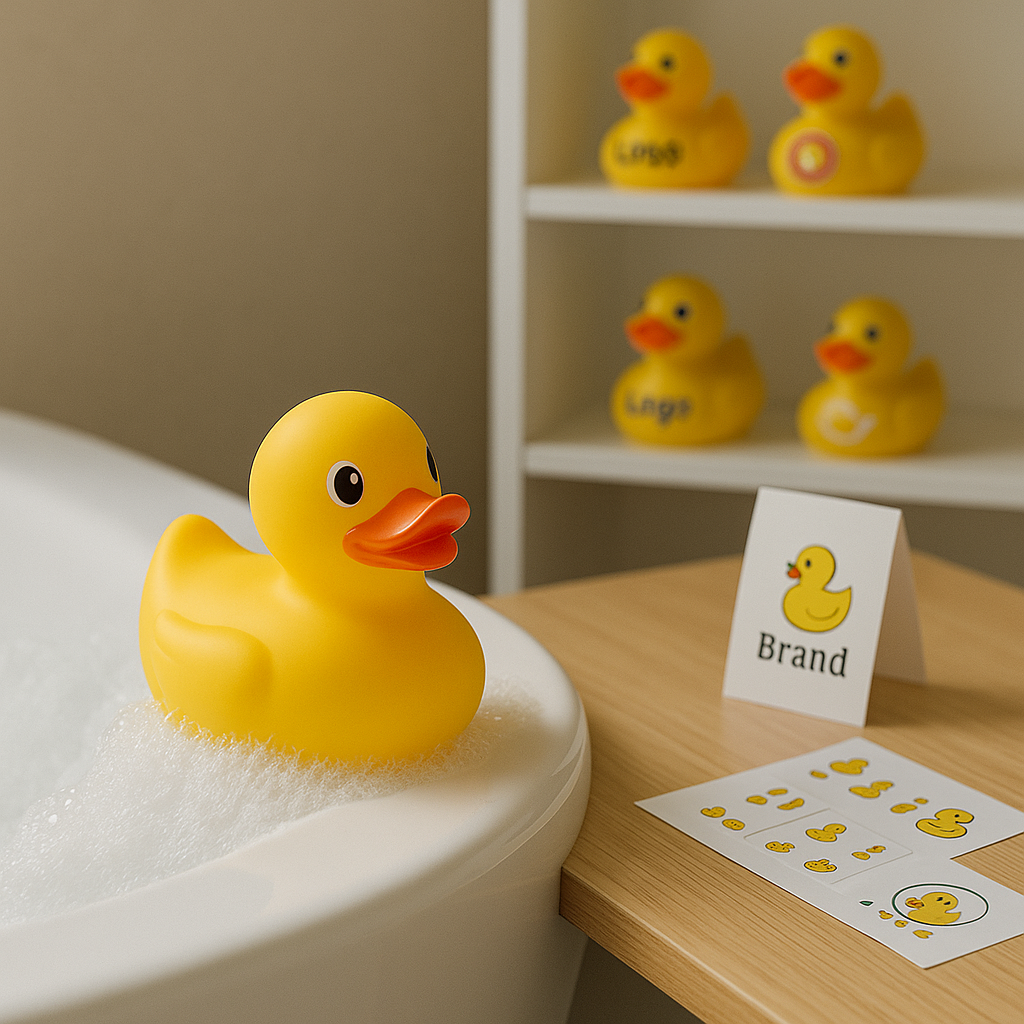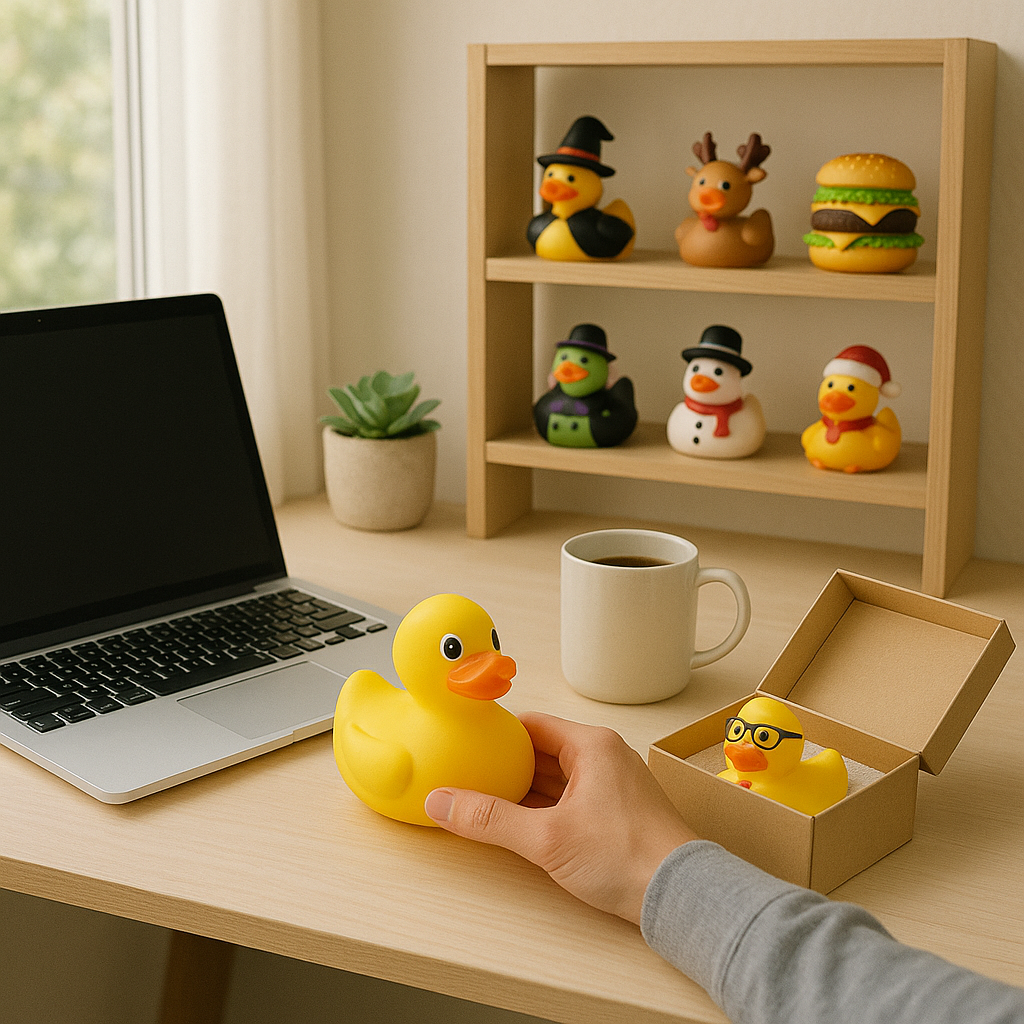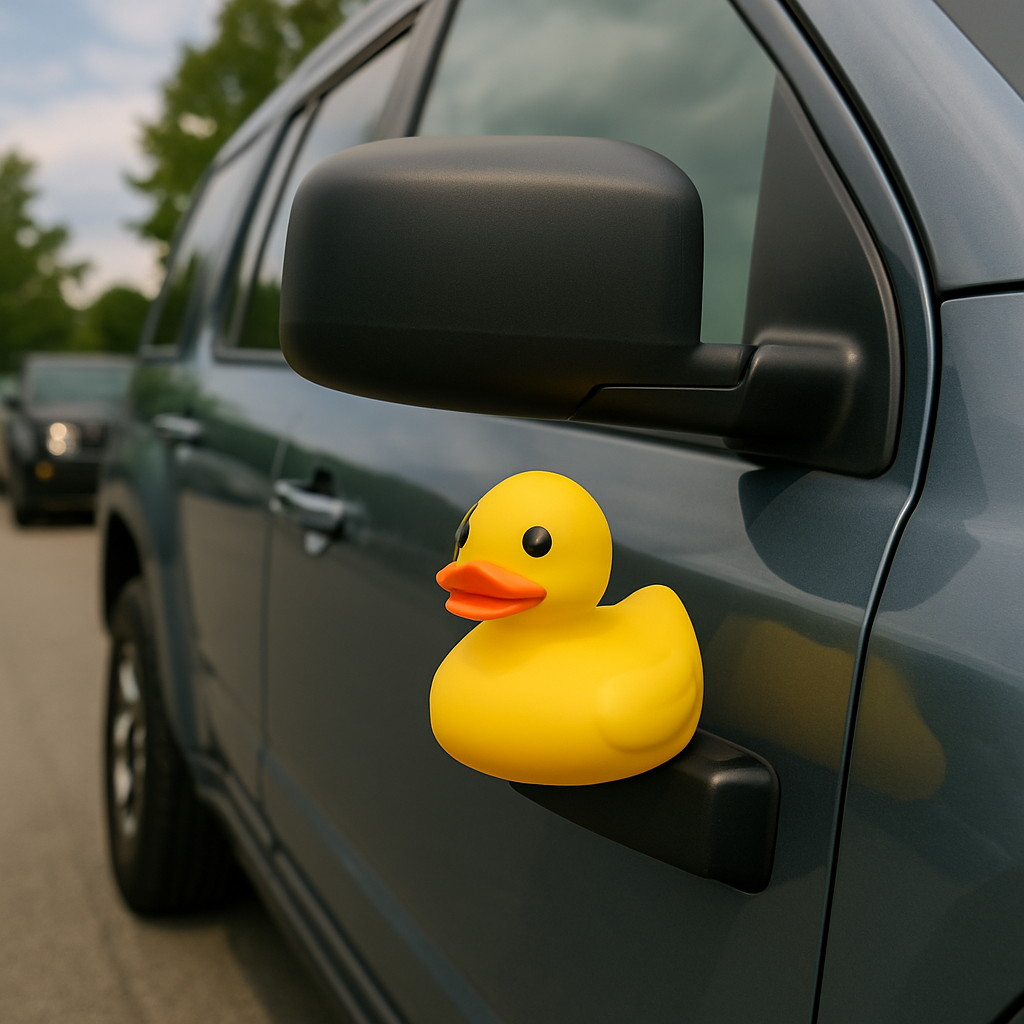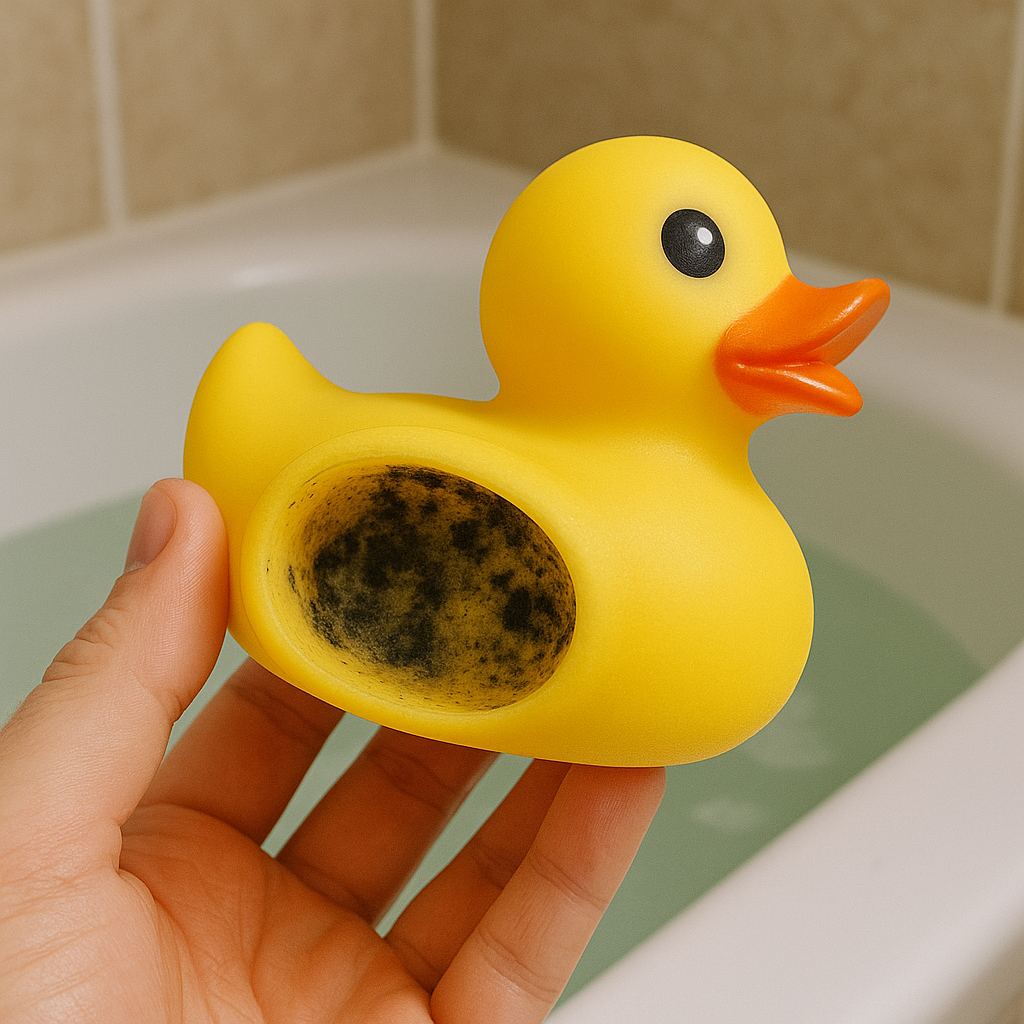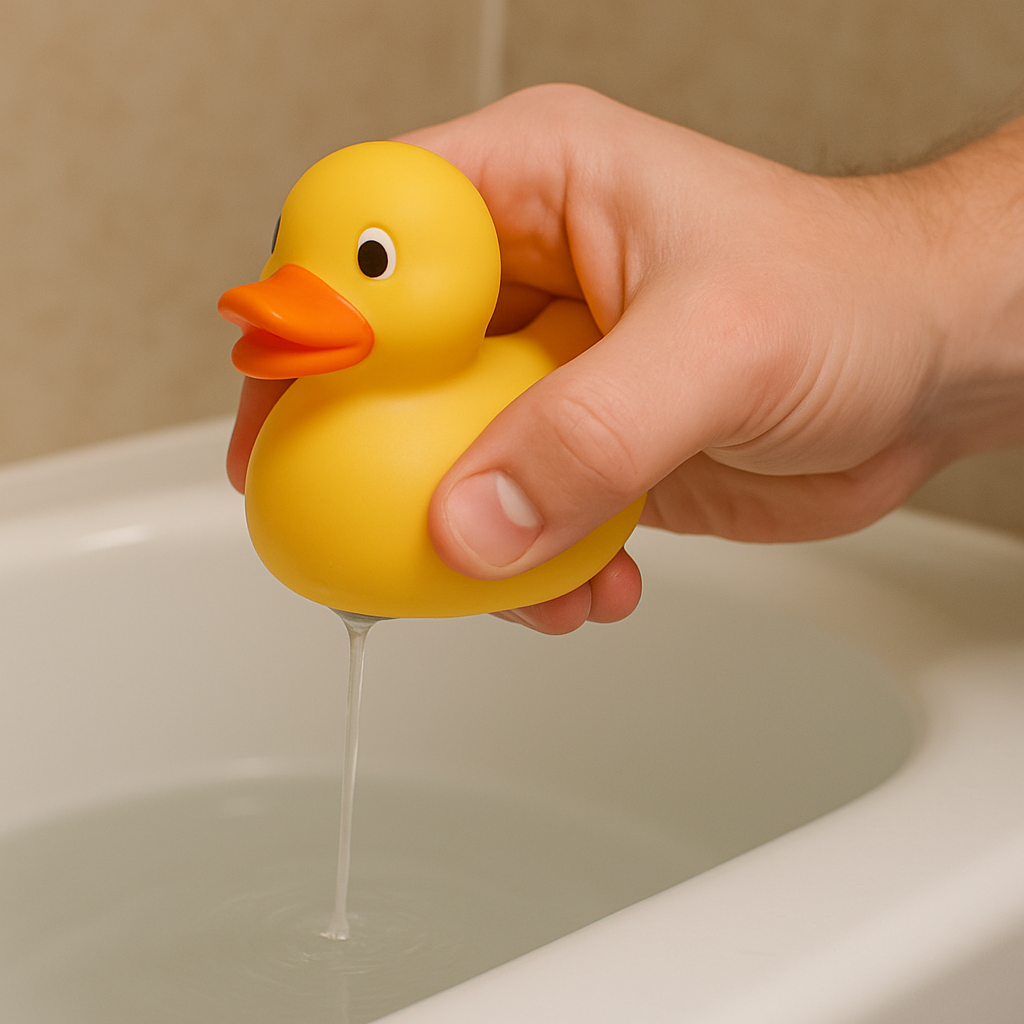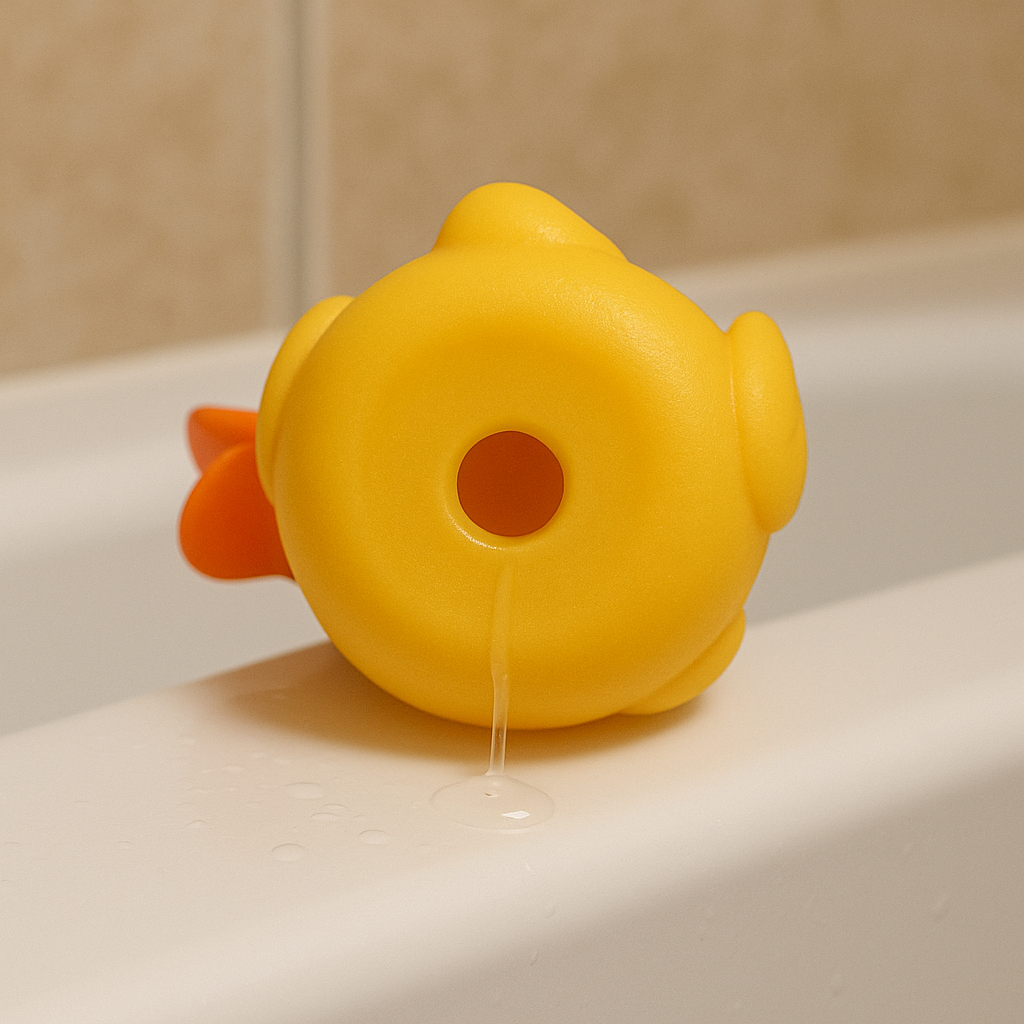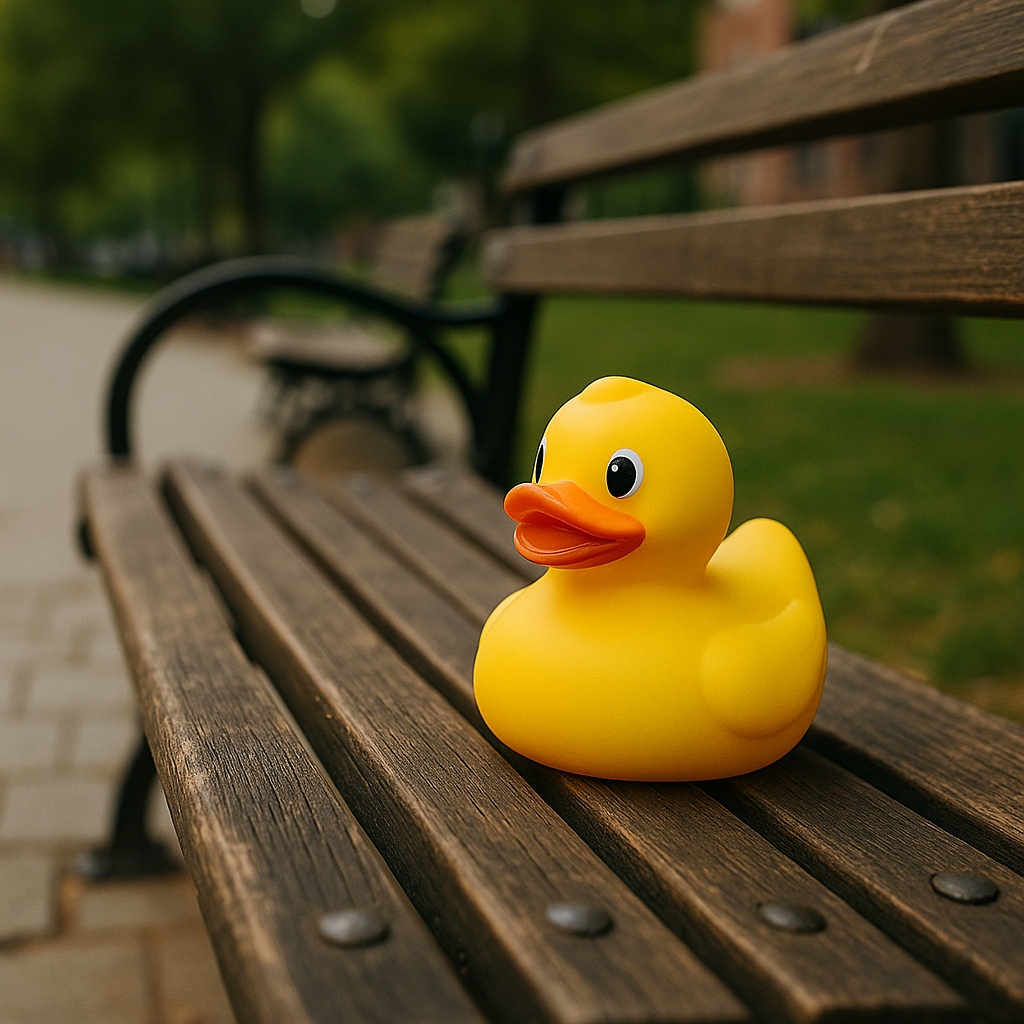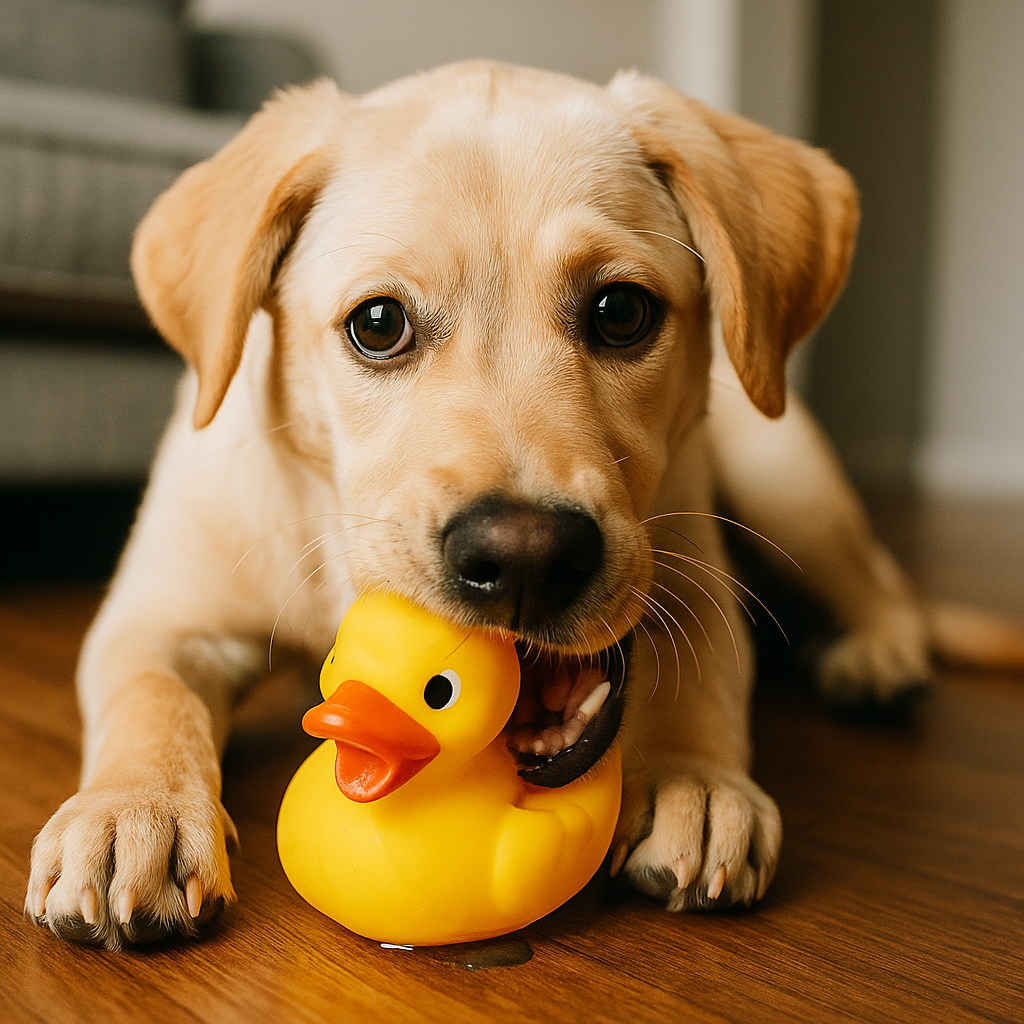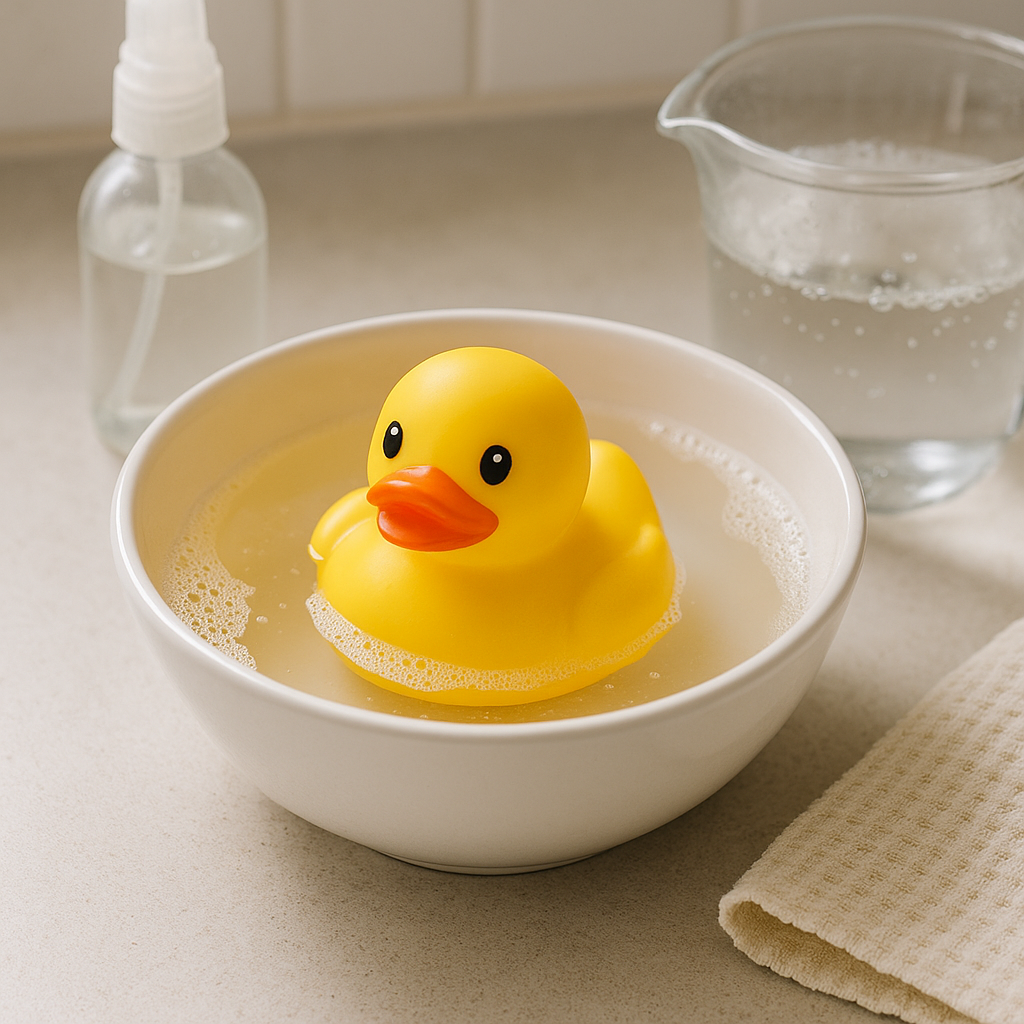Problem: Many people are confused about why "rubber ducks" appear in boxing discussions and what purpose these toys actually serve.
Rubber ducks[^1] are simple bath toys, but they’re also used metaphorically in boxing to describe evasive maneuvers like slipping and ducking[^2].
Curious how a bath toy relates to boxing? Let’s explore the unexpected crossover between playthings and pugilism.
What exactly is the purpose of a rubber duck?
Problem: Rubber ducks look fun, but their real purpose is often unclear to adults buying them for promotions or children.
Rubber ducks are bath toys designed to entertain and comfort children during bath time.
Multi-Use Toy Beyond the Tub
Rubber ducks are mostly linked to bath time, but their bright colors and soft textures make them effective tools for promotional campaigns and sensory therapy[^3]. Some companies now use custom rubber ducks to represent their brand in fun, lighthearted ways. Their design makes them safe for children and effective in marketing.
| Use Case | Description |
|---|---|
| Bath Toy | Keeps children entertained during baths |
| Promotional Item | Used for brand logos and events |
| Sensory Tool | Helps calm children with soft squeezable texture |
| Collector’s Item | Hobby for adults to collect themed ducks |
How to slip and duck in boxing?
Problem: Beginners often confuse "slip" and "duck" moves in boxing, missing key defensive strategies.
Slipping and ducking are basic evasive techniques used in boxing to avoid punches by moving the head.
Metaphor Meets Muscle Memory
In boxing, a "slip" means dodging a straight punch by moving your head slightly left or right. A "duck" means lowering your body to avoid a hook. Coaches often use the term "rubber duck" to help kids remember to stay loose and mobile—just like the toy. This comparison makes training more visual and fun.
| Move | Description | Purpose |
|---|---|---|
| Slip | Tilt head left or right | Evade jabs |
| Duck | Bend knees and drop under a hook | Evade power punches |
| Roll | Combine duck with lateral movement | Counterattack opportunity |
What are rubber ducks good for?
Problem: People think rubber ducks are just toys, overlooking their branding and sensory benefits[^3].
Rubber ducks serve as bath toys, brand mascots, and promotional items in marketing campaigns.
Soft Power with Branding and Comfort
Rubber ducks offer more than just amusement. I’ve worked with clients who used them to promote game halls, restaurants, and supermarkets. Their simplicity allows for logo printing and creative variations like themed ducks for holidays or events. Plus, they’re surprisingly good for stress relief when squeezed.
Why do people buy rubber ducks?
Problem: It’s unclear why adults continue to purchase rubber ducks in bulk or for non-bath uses.
People buy rubber ducks for nostalgia, brand promotion, collectibles, or stress relief.
Beyond Childhood Fun
Adult buyers, especially business owners, choose rubber ducks for promotional giveaways, membership gifts, or even trade show freebies. Their universally recognized shape and lighthearted vibe make them perfect for standing out in competitive markets.
Why do people leave rubber ducks on your car?
Problem: Finding rubber ducks on your car can be confusing without understanding recent social trends[^4].
Leaving rubber ducks on cars started as a friendly gesture among Jeep owners and has grown into a wider social trend.
Rubber Ducking Trend Explained
The trend began in Jeep communities as a way to appreciate other cool or customized vehicles. It spread on social media and now anyone might find a duck on their car as a playful compliment.
Can rubber ducks grow mold?
Problem: Many parents don’t realize how rubber ducks can become moldy over time.
Yes, rubber ducks can grow mold[^5], especially when water gets trapped inside.
Health Hazard in the Bath
The small hole at the bottom allows water in but doesn’t let it out easily. Warm, wet environments like bathrooms are perfect for mold. Always inspect and clean them regularly.
What is the black stuff coming out of my rubber duck?
Problem: Squeezing a rubber duck and seeing black residue can alarm parents.
The black stuff is usually mold or mildew growing inside the duck from trapped water.
Keep It Clean, Keep It Safe
It’s important to regularly disinfect ducks, especially ones with holes. If black residue appears, it’s time to toss the toy or clean it thoroughly with vinegar or bleach solution.
Why is there a hole at the bottom of a rubber duck?
Problem: Parents wonder why the duck even needs a hole that causes mold issues.
The hole is for squeezing and squirting water, which makes the duck more interactive during bath time.
Design Choice vs Hygiene Risk
While fun, the hole also invites bacteria if not cleaned. Some brands now make solid ducks to avoid this problem entirely, especially for infants.
Why are people putting rubber ducks everywhere?
Problem: The public display of ducks can seem odd without context.
People use rubber ducks in public spaces for art, marketing, humor, or social media trends[^6].
Symbol of Joy and Whimsy
You’ll find them on dashboards, shop counters, and social feeds. These little toys carry big emotional value and catch attention without saying a word.
What happens if a dog eats a rubber duck?
Problem: Dogs chewing toys not made for pets can cause emergencies.
If a dog eats a rubber duck, it could lead to choking or intestinal blockage and may require vet care.
Pet Safety Warning
Always supervise pets around rubber ducks. They’re not made for chewing and can break into harmful pieces. Look for pet-safe versions if your dog loves the shape.
How do you disinfect rubber ducks?
Problem: Dirty ducks can pose health risks if not cleaned correctly.
You can disinfect rubber ducks by soaking them in vinegar, boiling water, or a bleach solution.
Quick Cleaning Table
| Method | Steps | Frequency |
|---|---|---|
| Vinegar Soak | Soak in 1:1 vinegar-water mix for 1 hour | Weekly |
| Boiling Water | Boil for 5 minutes | Monthly |
| Bleach Wash | Mix 1 tbsp bleach with 1 liter water, soak 10 min | As needed |
Conclusion
Rubber ducks are more than toys—they’re cultural symbols, training tools, and marketing stars with surprising depth and uses.
[^1]: Why rubber ducks became symbols in boxing lingo and child-friendly metaphors.
[^2]: Slipping and ducking: essential head movements to evade punches in boxing.
[^3]: Discover how rubber ducks help in sensory therapy and brand marketing.
[^4]: Learn how Jeep owners turned rubber ducking into a global social trend.
[^5]: Understand why rubber ducks grow mold and how to prevent health risks.
[^6]: See how rubber ducks became visual icons in marketing and social campaigns.


